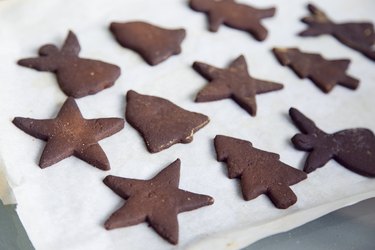The smell of something warm and fresh-baked is wonderfully alluring, which is why a lot of supermarkets put their in-store bakery near the entrance. Capturing that comforting aroma at home (not to mention eating the baked goods themselves) is one of the real pleasures of learning to bake. Unfortunately, the path to expertise in baking is not a smooth one, and it's littered with trial and error and a lot of common mistakes. Learning about those mistakes and how to avoid them can help you in your quest to be a better baker.
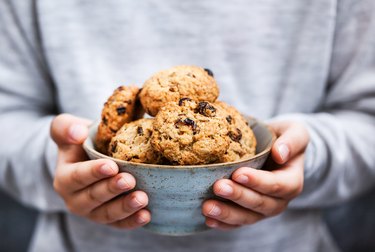
Video of the Day
1. Trusting Your Oven's Thermostat
When you set your oven to 350 degrees Fahrenheit, do you know what temperature it actually reaches? In real-life testing, they can vary by as much as 50 degrees from the temperature you've set. That's important because even a relatively modest 10 to 15 degrees can change how your baked goods turn out. You can adjust your times and temperatures through trial and error, but it's much better to check the real temperature with an inexpensive oven thermometer. Once you know the setting you need to get a real 350 or 375 degrees, you can bake with confidence.
Video of the Day
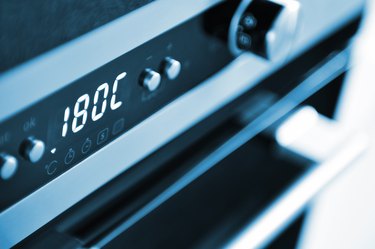
2. Not Knowing the Hot Spots
Another important thing to know is that your oven doesn't heat evenly, which can cause cake or bread to bake inconsistently. It helps a lot to know where your oven's hot and cold spots are located. To find out, choose a baking sheet (or sheets) to cover most of your oven rack and fill them with either sliced white bread or a thin layer of breadcrumbs. Bake for a few minutes at 350 degrees Fahrenheit with the light on and watch where they brown and where they stay pale. That's a map to your oven's hot and cold spots. When you're baking something small, you can avoid the cold spots. Otherwise, your best bet is to rotate the pans midway through baking so each side gets equal exposure to the heat.
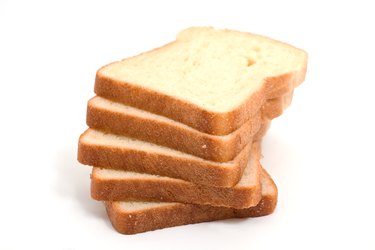
3. Peeking too Often
This is closely related to the other issues regarding the heat of your oven. You can monitor its real temperature with a thermometer (or even have it professionally calibrated) and know where the hot spots are and still have issues with time and temperature if you can't resist opening the oven for a peek.
Every time you open the oven door, you're dropping its working temperature by 25 to 50 degrees. You'll slow the baking, and since your oven has to work overtime to bring the heat back up – and most ovens rely on the bottom element for that – you run the risk of your baked goods being too light on the bottom and too dark on the top. Most ovens have a light and a window, so use them if so. If you don't, make a note of the recipe's baking time and start checking just a minute or two before it's supposed to be done.

4. Scooping Your Flour
A cup of milk or white sugar is always the same amount, but a cup of flour is not. Flour packs tightly when you scoop it, so depending on how heavy your hand is, that one level cup can vary by 20 percent or more. If your friend's cake is light and fluffy and yours from the same recipe is a brick, that's usually why. Instead of scooping flour from the bag or container, spoon it into your measuring cup and then swipe the top with a knife to level it. That's how recipe testers do it, and it gives a more consistent result. Better yet, do what the pros do: Buy a kitchen scale and use recipes that measure by weight rather than cups. A pound is always a pound.
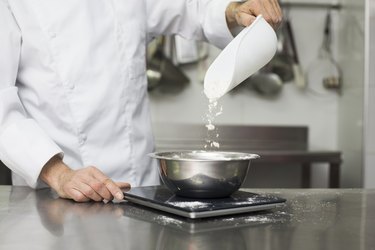
5. Overmixing Your Doughs and Batters
Do you find that your cakes and muffins are tough and leathery or that your biscuits and pie crusts could be used to shingle a roof? You're probably overmixing your doughs and batters. Many recipes say to stir or fold "until just combined" or "until just mixed," and this is why. The more you mix, the more chewy gluten develops in your dough. That's great for bread but not for delicate baked goods. Learn to mix gently and remember that you don't need to make every trace of dry flour disappear (it will bake out). If you really struggle with this, stack the deck in your favor and use lower-gluten cake or pastry flour. That helps.
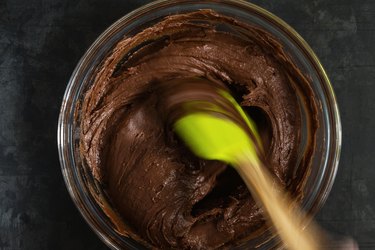
6. Substituting Baking Soda and Powder
Sometimes, you won't have the leavening for which your recipe calls, and it's certainly possible to substitute. The only issue is that baking soda and baking powder aren't direct equivalents, so the substitution can mess up your baking. Baking soda needs acidity in the batter to make it react. If you replace it with baking powder, that acidity will give you pale baked goods that may taste oddly tangy. If you do the opposite, the baking soda won't give you enough rise and may leave a soapy, chemical taste behind. You can substitute successfully by adding or removing acidic ingredients (like buttermilk in place of regular milk) or just using a recipe that calls for the leavening you have.
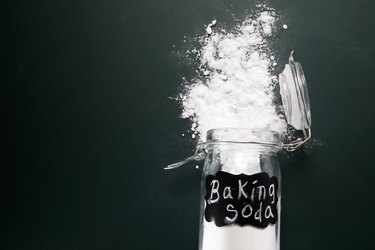
7. Messing Up the Egg Whites
A lot of recipes, like sponge cakes and meringues, call for beaten egg whites to give them a large part of their lightness and delicacy. Those recipes are often considered challenging by beginners because there are so many ways for the egg whites to lose their volume.
First, your bowl and utensils must be scrupulously clean, as any fat will prevent your whites from reaching their potential height. You'll also need to separate them carefully because even a smidge of yolk will do the same. Third, the whites should be room temperature to whip to their potential. Also, you need to stop when they form peaks because if you overwhip, they'll start to break down. Finally, you'll need to be gentle when folding your dry ingredients into the whites (or your whites into the wet ingredients). It just takes practice, and eggs are cheap, so practice a lot.

8. Seizing Your Chocolate
Chocolate is one of the most wonderful and versatile baking ingredients, but it's also one of the most finicky. If one of your favorite recipes involves melting real chocolate, you may have seen it go from smooth and silky to grainy and solid in seconds. That's called seizing, and it happens when water or other liquids get into your bowl. If you're melting over a double boiler, steam or condensation can do that, and so can a drop of water from your spoon, your whisk or your own freshly washed hand. In the microwave, it's usually because your bowl or measuring cup wasn't completely dry. Once the chocolate seizes, it usually can't be used in that recipe, but you can still dissolve it in water or milk to make really good hot chocolate.
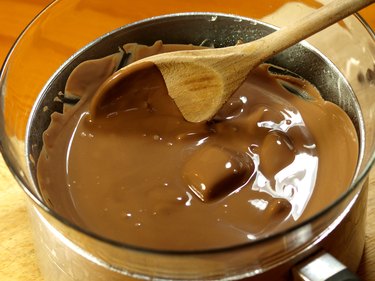
9. Substituting (or Reducing) the Sugar
If you love your baked goods but don't want to eat too much sugar, there's an obvious temptation to reduce the amount of it in your baked goods. You can indeed cut down the sugar in many recipes (cakes, cookies and the like) but only by 10 to 20 percent. Sugar actually plays a significant role in the chemistry of baked goods, and creaming fat and sugar together helps lighten and leaven your baked goods. Cut back too far – or substitute with low-calorie sweetener – and your baked goods will resemble bricks. Some low-calorie sweeteners are blended with sugar or calorie-free sugar alcohols and are intended (and labeled) as one-to-one substitutes for baking. Those will work, but the tiny pouches you empty into your coffee will not.
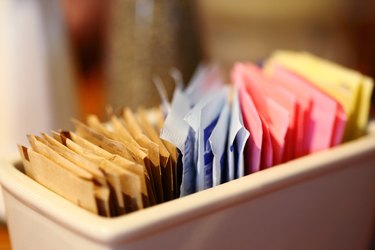
10. Overbaking and Underbaking
Your cookies were hard as rocks, not soft and chewy. Your cake looked beautiful when you took it out but collapsed in the middle as it cooled. These are the results of overbaking and underbaking, and it's maddening to be thaaaat close and still have things go wrong. Many of the other tips given here – not peeking, knowing your oven's real temperature – will help a lot. Setting a timer will help as well so that simple distraction (stop scrolling!) doesn't lead you to overbaking.
Underbaking is harder to spot, especially since some cakes or muffins will pass the toothpick test but still not be quite ready. Tapping the center of the cake gently with a fingertip will sometimes tell you if it needs a few more minutes. Conversely, when it starts to draw away from the edges of the pan, it's probably ready. Experience matters, so learn from your mistakes (and write them down).
